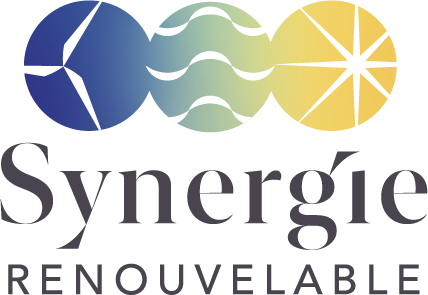India - Construction of a bioclimatic school

- Selected project
- In progress
- Realized
The foundation Good Planet
Apolitical and independent, the Foundation GoodPlanet was created in 2005 by photographer Yann Arthus-Bertrand, as an extension of its commitment to the environment. It was recognized as a public utility organization in 2009. The Foundation’s mission is to “put ecology at the heart of our consciences”, to raise awareness and educate the public about the protection of the environment. It encourages a lifestyle more respectful of the Earth and its inhabitants. GoodPlanet aims in particular to support projects with social-environmental impacts and to contribute to the improvement of the education of children. The GoodPlanet Foundation developped a program called “Bioclimatic Schools” to support education of kids. The objective of the program “Bioclimatic Schools” is to rehabilitate or build schools by using local and natural materials according to traditional methods and integrating simple technologies from the industrialized world.
The context of the project
Shey Lamdon School is located at 3600 meters above sea level, 20 kilometers from Leh. Now, the school has 225 students, between 4 and 14 years old, most of them live very far from the school. In 2014, the foundation GoodPlanet and its partners built two new passive solar nursery classrooms in this school, which significantly improved the conditions of education for the youngest children during the day. However, the conditions of the facilities in the school remain very precarious with negative temperatures inside the buildings in winter.
The energetic issue of the Foundation
The generalization of access to education and the increasement of students in remote areas are among the priorities of the Indian government. Access to education in remote areas such as Ladakh is very limited for a variety of reasons, the most important of them is that children are a work force for the family. Geographic remoteness also contributes to this low level of education. In addition, the very low temperatures of this region in winter make the conditions of education really difficult.
The actions supported by Synergie Solaire
This project has two objectives:
- Eco construction of a dormitory to expand the capacity of the school and accommodate fifty young students (4 to 6 years) in better conditions
- Building toilets adjoining this building
The building was built with traditional Ladakh techniques such as sun-dried mud bricks. The team used passive solar techniques: orientation of the main wall facing south, insulation of walls, floors and roofs, natural ventilation, organization of interior spaces and windows performance to prevent heat loss. The team also used earthquake-resistant techniques: compact shape and symmetry of the building, arrangement of openings, chaining and corner reinforcements in wood.
Emphasis was also placed on the choice of materials among natural and local resources (earth, stone, sawdust for insulation) so as not to accentuate the material and energy dependence of this isolated region.















